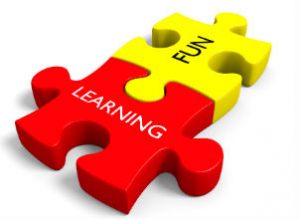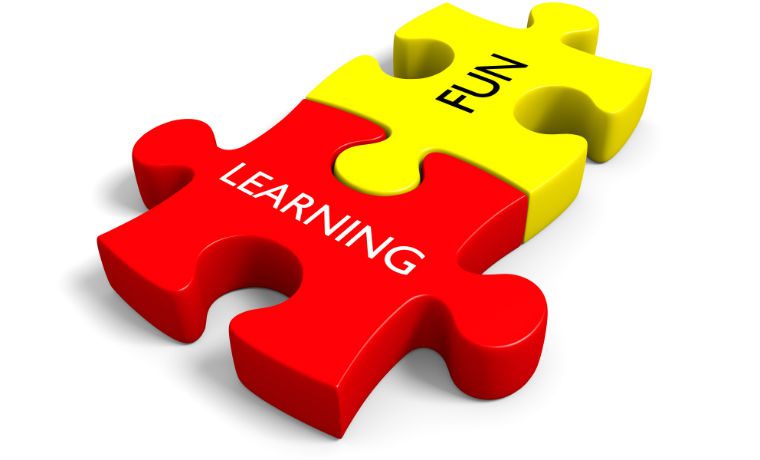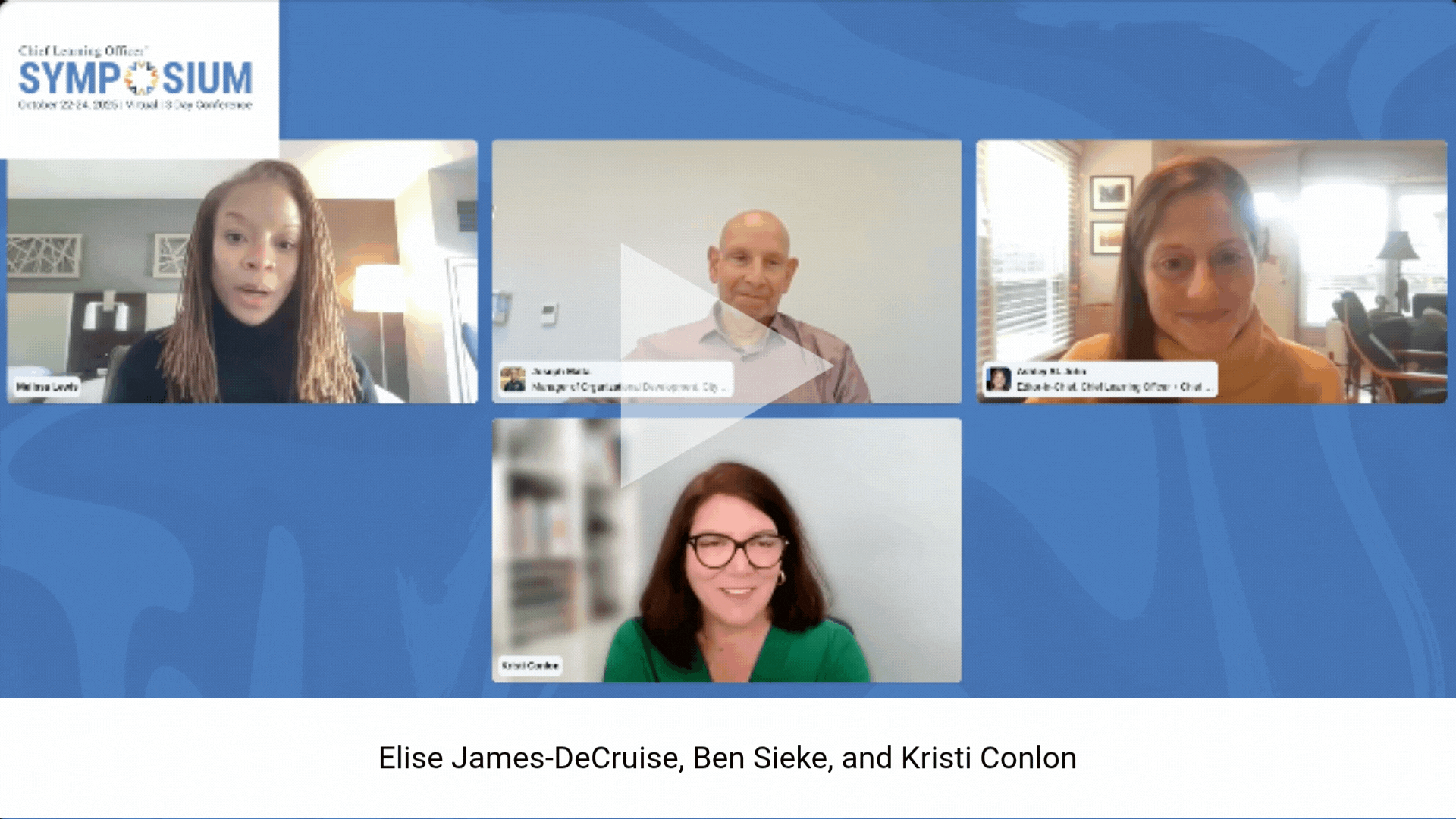 The pressure is on organizations to employ a highly trained workforce, one that delivers exceptional results while using minimal resources. As a result, the importance placed on corporate learning and development is on the rise.
The pressure is on organizations to employ a highly trained workforce, one that delivers exceptional results while using minimal resources. As a result, the importance placed on corporate learning and development is on the rise.
As learning leaders work to develop new learning strategies, they are challenged to find the most effective methods to sustain training impact, while producing ROI. Considering 70 percent of job knowledge is acquired through experience, and the typical retention rate for traditional learning is just 5 percent, experiential learning (learning by doing) should be key to all corporate learning strategies.
Doing, versus listening, has power. Experiential learning nurtures personal ownership over decisions, which more likely leads to a beneficial consequence. Learning is then translated back into daily choices made in the business world, thereby increasing performance through a change in behavior.
Every CLO should be aware of these 10 benefits of experiential learning:
- It’s personal. Behavior change happens when individuals take ownership for the decisions they make and the consequences that follow. Experiential learning creates the opportunity to immediately see the impact of our decisions and allows individuals to identify the choices that will drive desired results.
- It enables learning from mistakes without consequences. Failure is often one of the best ways to learn quickly, but many people have a fear of failure and may disengage during training if the environment is perceived to be unsafe for authentic feedback. Experiential learning is designed to create a secure environment where the experience is not seen as a simulation of the real world. The experience is deliberately themed to mask any connection to their day-to-day reality, resulting in increased participation and ownership.
- It provides the benefit of real-time feedback. Anytime there is a gap between when a decision is made and a consequence experienced, it allows an individual to justify and rationalize an outcome. Experiential learning creates a situation that enables real-time feedback, thereby closing the gap and creating an environment for immediate learning.
- It offers powerful metaphors. People may remember very little of what they hear; however, experiential learning creates metaphors that are relevant to the real world and remembered long after the training. These metaphors from the learning experience improve the likelihood that participants go beyond just hearing, to recalling and applying the lessons they have learned.
- It leaves a lasting impression. Experiential learning creates magic through storytelling. The use of an effective theme creates an experience that builds on the imagination and allows participants to get caught up in the story. We often find that when this happens, the language from the experience continues to be used, and it reinforces the learning long after the event is over.
- It makes the connection to professional reality. The only reason to invest in training is to achieve results. If real-world circumstances and pressures are not reflected, neither the results nor the learning will be applicable or beneficial for an organization. Experiential learning ties reality to results, showing a clear correlation between a participant’s behavior and an increase in performance.
- It builds conviction to change. Before an organization can reap the benefits from training, individuals must engage in their own learning journey. Helping a participant see the personal benefit of a new behavior creates conviction that will ultimately drive organizational change.
- It incorporates a powerful debrief. A relevant debrief is the most critical component of experiential learning. It is not enough to know how to “win” in the game; the learning must be translated to the work environment. When participants reflect on the decisions they made during the learning experience and the resulting outcome, they can translate those lessons into how to “win” at work.
- It leverages fun to encourage behavior change. When learning is fun and participants become part of an experience, they typically are not thinking about what they should be learning. Human nature takes over, and they react and make decisions as they would in a similar situation at work. This creates the opportunity to take ownership for their behavior and consider different approaches to their day to day business world.
- It offers versatility. Companies can use experiential learning in numerous instances, from increasing awareness and reinforcing a message, to teaching a specific, practical skill. Because it is adaptable to a specific outcome, rather than a generic presentation, the benefits can be powerful.
The impact from being part of an experiential learning session can alter how we see the world, interact with others and approach our commitments. When learning is memorable and participants take ownership for the results, the outcome is a win-win for participants and for the organization.
Sue Wigston is chief operating officer at Eagle’s Flight, a global learning company. Comment below or email editor@CLOmedia.com.
















